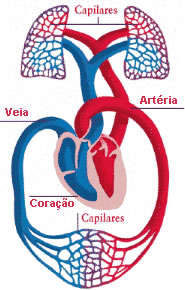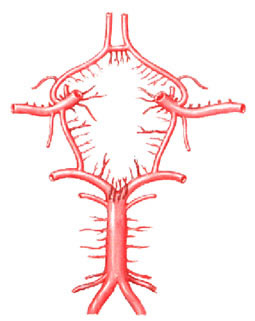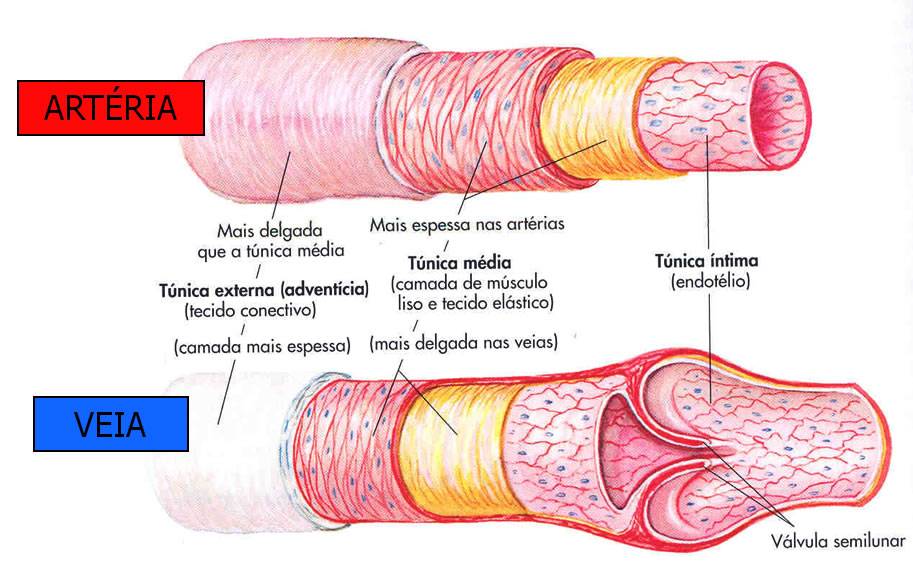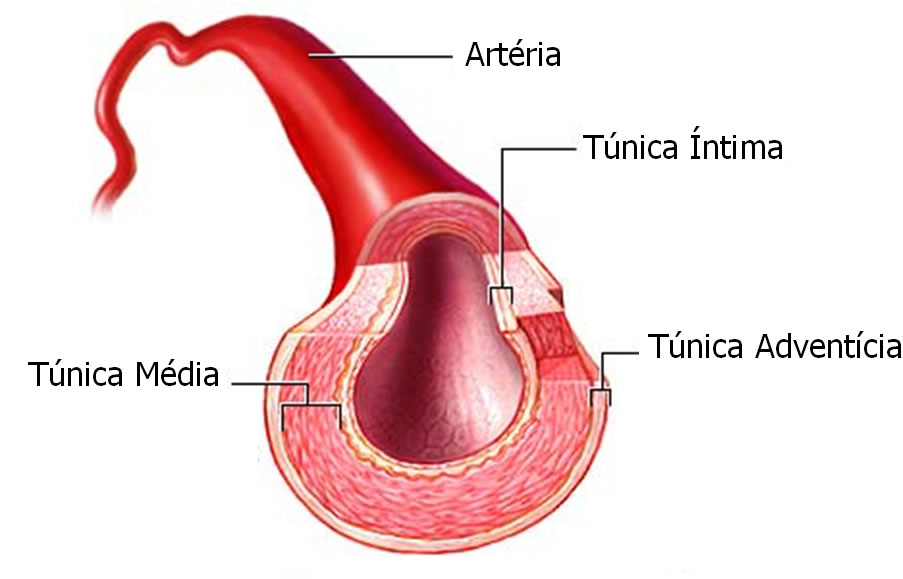Blood vessels
They form a network of tubes that carry blood from the heart to the tissues of the body and back to the heart. Blood vessels can be divided into arterial system and venous system:
Arterial System :
It constitutes a set of vessels that, starting from the heart, branch out, each branch in a smaller caliber, until they reach the capillaries.
Venous System :
They form a set of vessels that, starting from the tissues, form branches of greater caliber until they reach the heart.
The blood vessels that carry blood out of the heart are the arteries. These ramify a lot, become progressively smaller, and end in small vessels determined by arterioles. blood to exchange substances with tissues.
From capillaries, blood is collected in venules; then, through the larger diameter veins, it reaches the heart again. This passage of blood through the heart and blood vessels is called BLOOD CIRCULATION.

Structure of Vessels :
1-  Outer Tunic : It is basically composed of connective tissue. In this tunic we find small nervous and vascular threads that are destined to the innervation and irrigation of the arteries. Found in large arteries only.
Outer Tunic : It is basically composed of connective tissue. In this tunic we find small nervous and vascular threads that are destined to the innervation and irrigation of the arteries. Found in large arteries only.
2- Tunica Media : it is the intermediate layer composed of smooth muscle fibers and a small amount of elastic connective tissue. Found in most arteries in the body.
3- Tunica Intima : covers the arteries internally and without interruptions, including capillaries. They are made up of endothelial cells.
Blood vessels are composed of several anastomoses, mainly in the cerebral vessels.
Anastomosis : means connection between arteries, veins and nerves which establish communication with each other. The connection between two arteries occurs in arterial branches, never in main trunks. Sometimes two small-caliber arteries anastomose to form a larger vessel. Often the connection is made over a long distance, through thin vessels, ensuring collateral circulation.
 The Polygon of Willis (best studied in “Vascularization of the CNS”) is an example of vessels that anastomose, forming a polygon. This process occurs in the brain to ensure an adequate demand for oxygen to the nerve cells, that is, if a cerebral artery is blocked, the region irrigated by the injured vessel will still receive blood from another artery of the polygon, preserving the nervous tissue.
The Polygon of Willis (best studied in “Vascularization of the CNS”) is an example of vessels that anastomose, forming a polygon. This process occurs in the brain to ensure an adequate demand for oxygen to the nerve cells, that is, if a cerebral artery is blocked, the region irrigated by the injured vessel will still receive blood from another artery of the polygon, preserving the nervous tissue.



